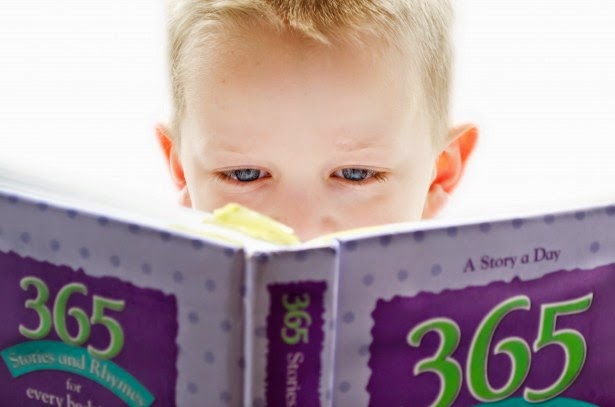
In 1995, a study was done in by the UK Office for Standards in Education that concluded that girls always out-performed boys by a considerable margin when it came to reading. (Coles & Hall, 2002) The authors, Coles and Hall went on to say that it is now widely accepted that boys have more difficulty with basic literacy than girls. The study also found that girls read more fiction than boys and that girls view reading more positively than boys (59.2% vs. 47.1%). (Coles & Hall, 2002)
Gender and Literacy
Another study cited by Coles and Hall, called The Children’s Reading Choices Project (1994), compared and quantified children’s reading choices by gender over a period of 25 years. This study concluded that girls read more than boys. When asked if they had read a book in the last month, 84.1% of girls responded positively compared to 74.5% of boys. (Coles & Hall, 2002)
The Children’s Reading Choices Project also surveyed the subject matter boys and girls read. It found that boys enjoy reading about science fiction, fantasy, sports, war, spies, comics, jokes, and humor. Girls, they found, preferred reading about adventure, horror/ghosts, animals, and school-related tales. (Coles & Hall, 2002)

Boys also prefer texts that have a purpose, such as instructions of how to make things and learning how to help others. (Merisuo-Storm, 2006) Boys view knowing how to read as an important life skill, but they view reading for school as difficult, uninteresting, and disconnected to real life. (Merisuo-Storm, 2006)
Children learn early on which books are appropriate for girls and which are for boys, and they see school-based literacy as “un-masculine.” This can have a profound effect on boys’ attitudes toward engaging in school-based literacy work across the curriculum. (Merisuo-Storm, 2006)
The idea that there is an achievement gap between the literacy rates of boys and girls is not new. It appears over 300 years ago in the writings of 17th century philosophers John Locke and Daniel Defoe. (Coles & Hall, 2002)
So, what can we do in our Montessori environments to encourage boys to read? To begin, we must consider the kinds of texts boys prefer as well as the factors that most influence students’ attitudes towards literacy.
 |
| (Merisuo-Storm, 2006) |
In her article “Girls and Boys Like to Read and Write Different Texts,” Merisuo-Storm repeatedly comes back to the idea of purpose. She tells us that in order to interest boys in reading and writing, there should be a meaningful purpose behind the text. In this, she is in agreement with Dr. Montessori who said, “The education of even a small child, therefore, does not aim at preparing him for school, but for life.” (Montessori, 1967)
This is not to say that we should abandon attempts to develop a boy’s full and rich love of literature. Reading aloud to young children — both boys and girls — builds their vocabulary and increases their comprehension of spoken language. Learning to write and read in the Montessori environment is the work of learning to communicate one’s thoughts and ideas to others. And developing the joy that can be found in reading often comes only with exposure. When we provide books and opportunities that appeal to both genders, we can foster a love of reading beyond that which is only required for school.
Works Cited
Coles, M. and Hall, C. (2002). “Gendered readings: Learning from children's reading choices.” Journal of Research in Reading, 25. p. 96–108.
Merisuo-Storm, T. (2006, April). “Girls and boys like to read and write different texts.” Scandinavian Journal of Educational Research, 50(2), p. 111–125.
Montessori, M. (1967). The Discovery of the Child. New York: Fides Publishing.
As much as possible, NAMC’s web blog reflects the Montessori curriculum as provided in its teacher training programs. We realize and respect that Montessori schools are unique and may vary their schedules and offerings in accordance with the needs of their individual communities. We hope that our readers will find our articles useful and inspiring as a contribution to the global Montessori community.
© North American Montessori Center - originally posted in its entirety at Montessori Teacher Training on Friday, May 2, 2014.
© North American Montessori Center - originally posted in its entirety at Montessori Teacher Training on Friday, May 2, 2014.

0 comments:
Post a Comment
Have questions or comments? Let us know what you thought about this article!
We appreciate feedback and love to discuss with our readers further.